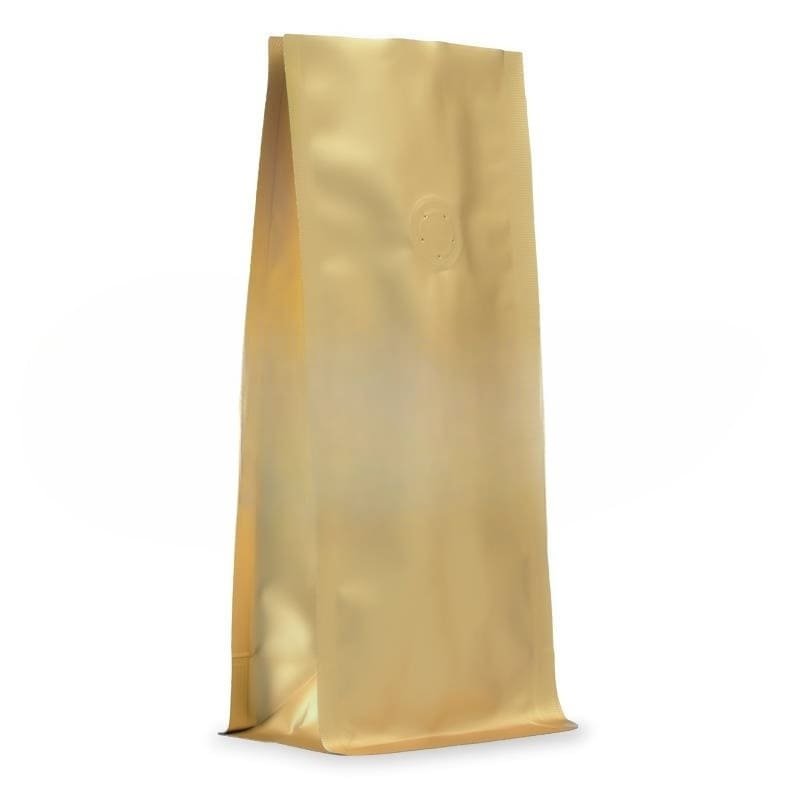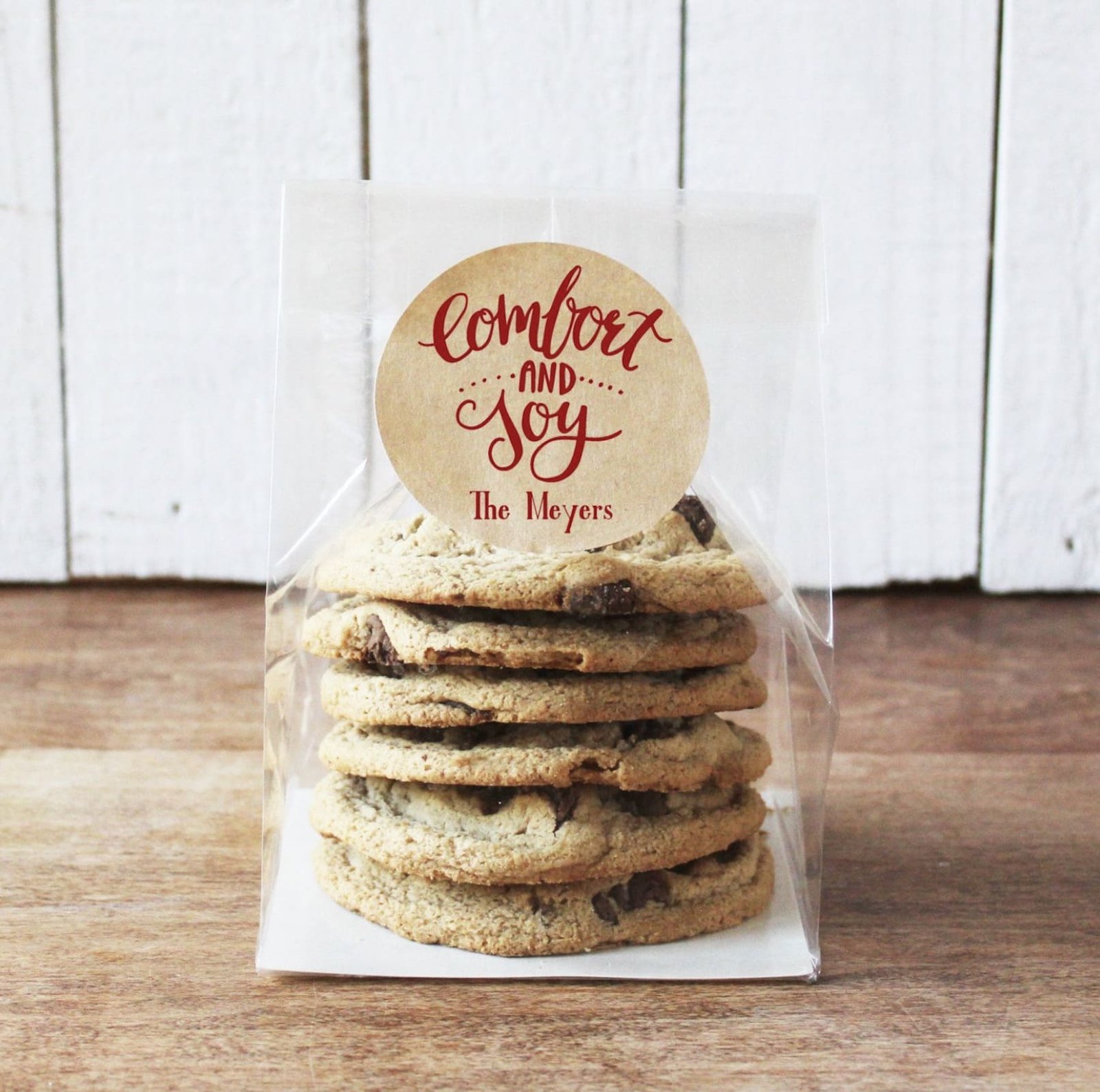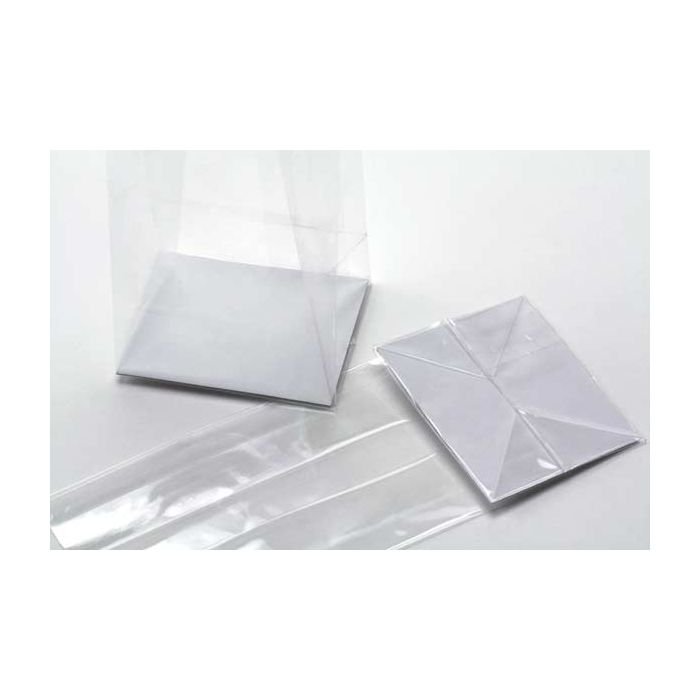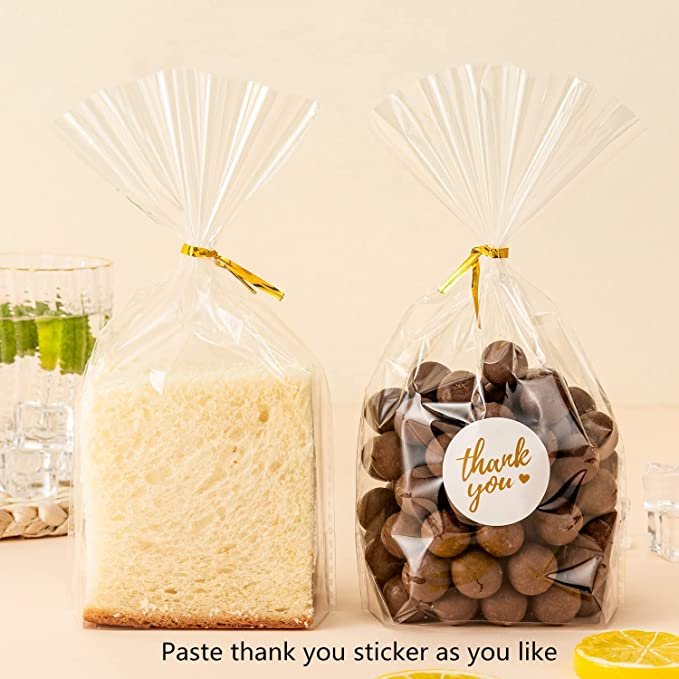Ever wondered why your freshly roasted coffee tastes flat after a few days? The right packaging is key to preserving that rich aroma and flavor.
The best coffee packaging combines advanced material structures like MOPP/AL/CPP or PET/PE with essential features like one-way degassing valves1 and secure sealing options (ziplock, heat seal, tin-tie) to maintain freshness and aroma.
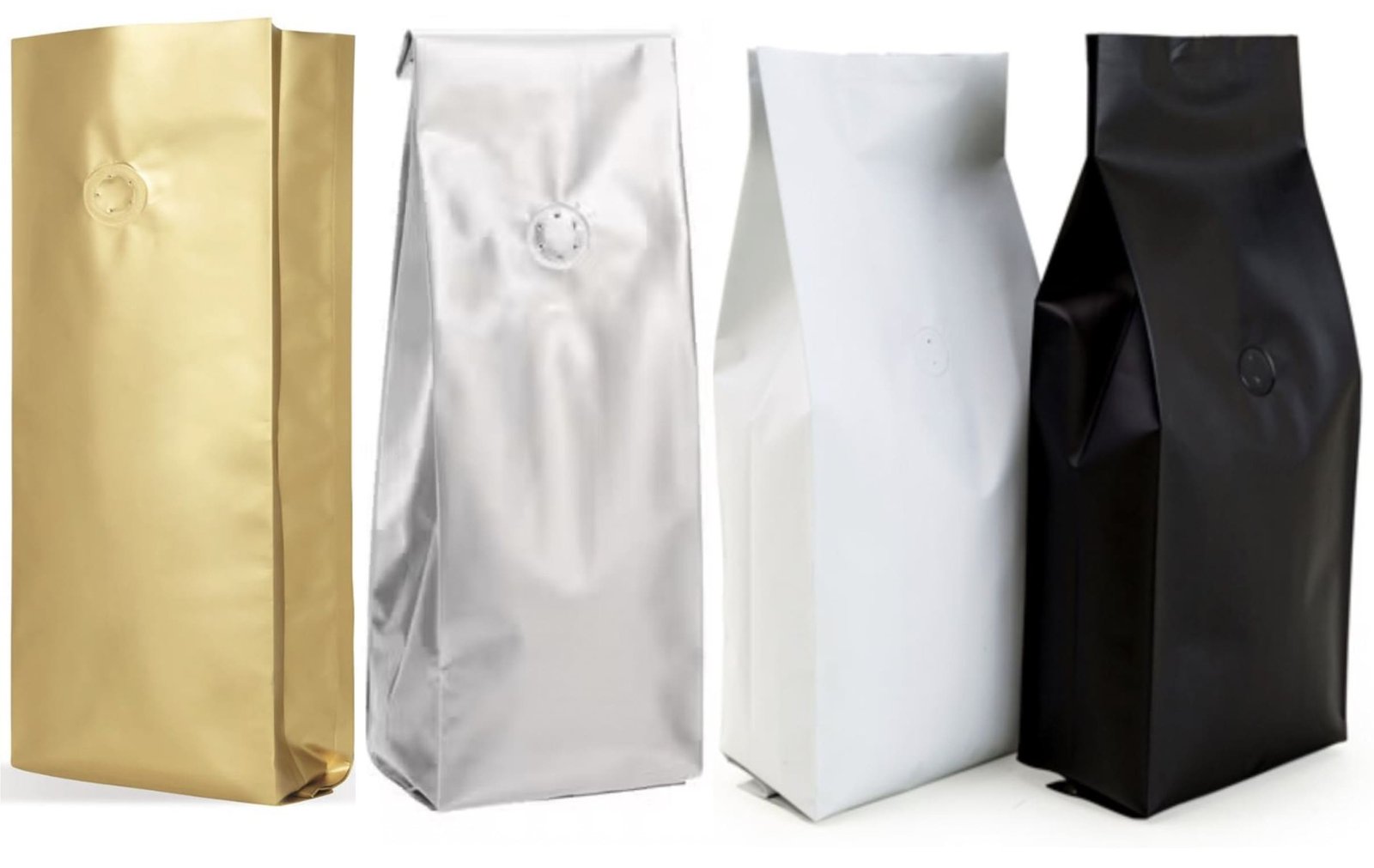
Let's dive into the world of coffee packaging, exploring the specific bags and materials that ensure your coffee stays as fresh as the day it was roasted.
What is the best material for coffee bags?
Selecting the perfect material is the first step in protecting your precious coffee beans. It directly impacts freshness and shelf life.
The best materials for coffee bags are multi-layered laminates2 such as MOPP/AL/CPP or PET/Metalized PET/PE. These structures provide excellent barriers against oxygen, moisture, and light, which are crucial for preserving coffee's freshness.
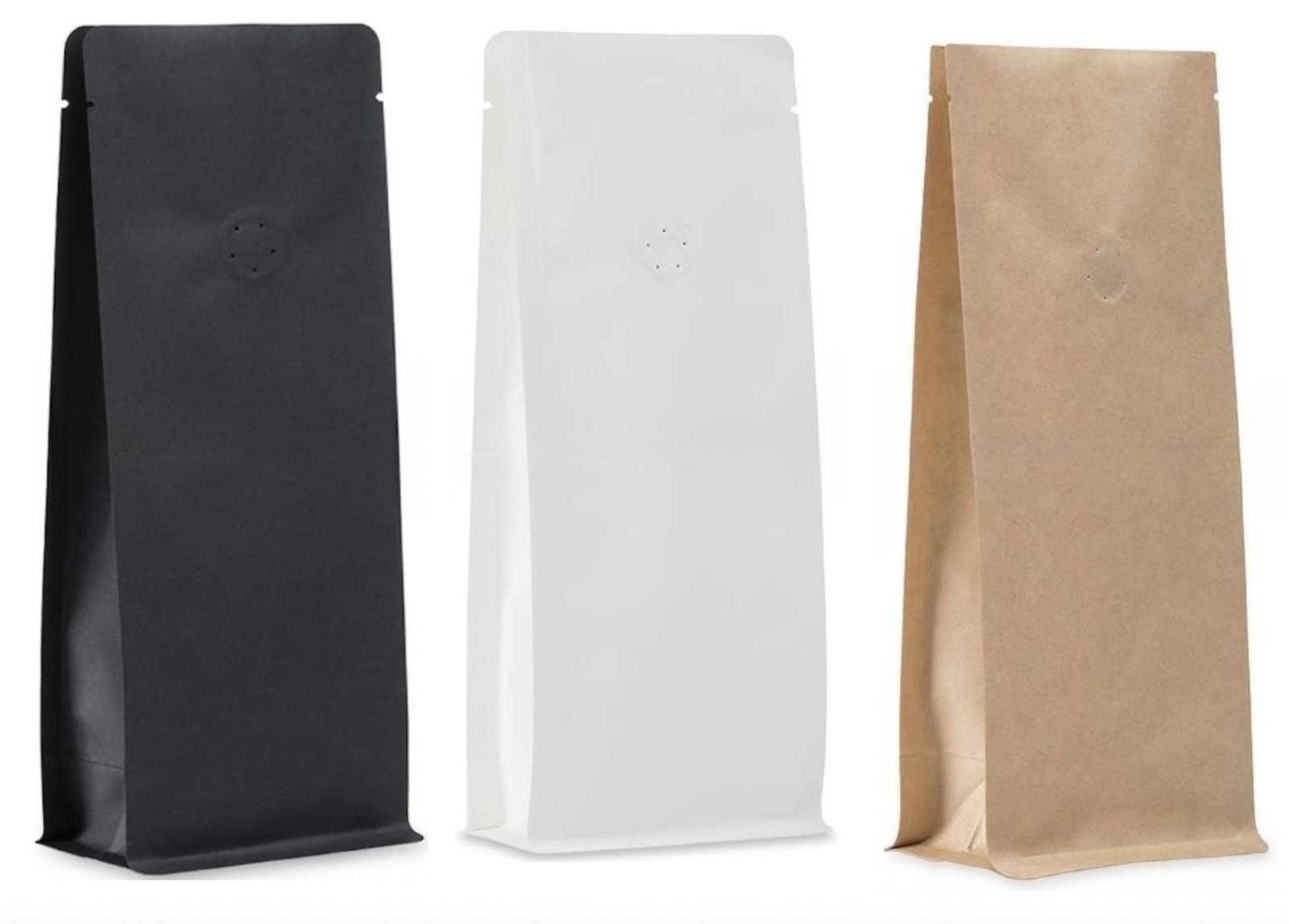
Coffee beans are highly sensitive to external elements. Here's a closer look at the ideal material structures:
Top Material Structures for Coffee Bags:
-
MOPP/AL/CPP (Matte-Oriented Polypropylene / Aluminum / Cast Polypropylene)
- MOPP Layer: Provides a matte finish, good printability, and strength.
- Aluminum (AL) Layer: Offers an unparalleled barrier against oxygen, moisture, and light. This is paramount for preventing oxidation and flavor degradation.
- CPP Layer: Provides an excellent heat-sealable inner layer, ensuring airtight sealing and structural integrity.
-
MOPP/PET/AL/PE (Matte-Oriented Polypropylene / Polyethylene Terephthalate / Aluminum / Polyethylene)
- PET Layer: Adds rigidity and puncture resistance.
- PE Layer (inner): Provides the heat-sealable surface.
-
PET/PE (Polyethylene Terephthalate / Polyethylene)
- PET Layer: Offers good clarity (for coffee bean bags with window), strength, and a decent oxygen barrier3.
- PE Layer: Provides heat-sealing properties. This is a common choice for those seeking coffee bean bags with window where a full aluminum barrier isn't desired or for short-term storage.
-
Kraftpaper/PET/AL/PE
- Kraftpaper Layer: Offers a natural, artisanal look.
- Combines the barrier properties of aluminum with the aesthetic appeal of paper. Ideal for custom coffee bean bags with a rustic feel.
-
PET/Metalized PET/PE
- Metalized PET Layer: Provides a good, cost-effective light and oxygen barrier, though generally not as robust as pure aluminum. Still excellent for many coffee packaging types.
These laminates are crucial because they prevent gas (especially oxygen), moisture, and aroma from passing through the bag walls. This directly impacts the coffee's flavor and aroma, slowing down the staling process significantly. For coffee bean bags with valve4, these materials work perfectly to allow degassing while maintaining an inert internal atmosphere.
What are coffee bags called?
While we broadly call them 'coffee bags,' there's a specific terminology for their various styles and features. Understanding these names helps in selecting the perfect custom coffee bean bags.
Coffee bags come in various forms, commonly known as Side Gusset Bags5, Stand-Up Pouches6, Squatty Box Bottom Bags, Quad Seal Bags7, and Reclosable Flat Bags8, each designed for specific aesthetic and functional needs.
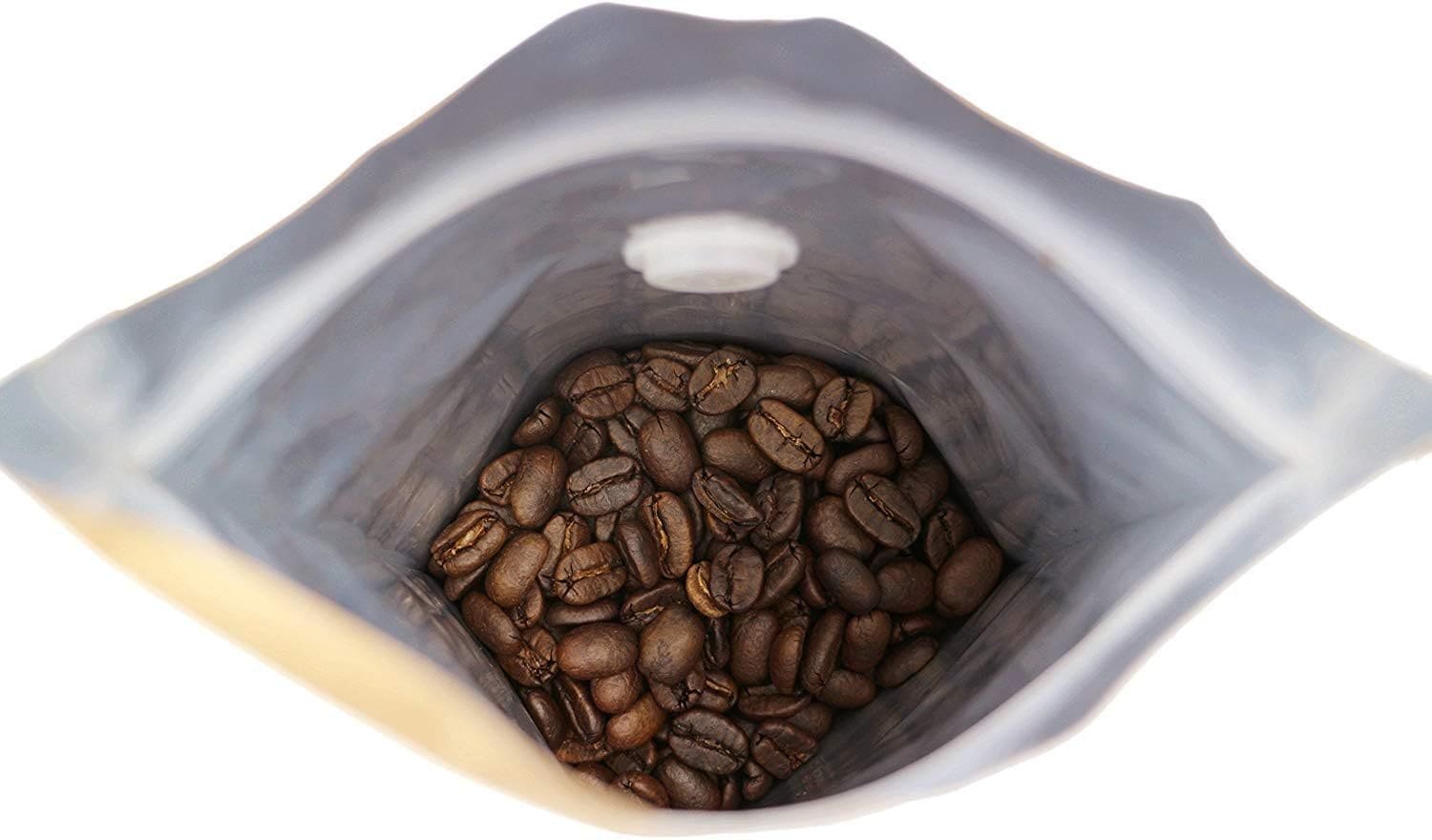
Each bag type offers unique benefits for coffee packaging design and functionality:
Common Coffee Bag Styles:
-
- Description: Feature gussets (folds) on both sides, allowing them to expand when filled. The top and bottom are sealed flat.
- Advantages: Cost-effective, offer a traditional look, good for displaying roasted coffee. Often used for coffee bean bags with valve4 for degassing.
- Common Use: Whole bean coffee, traditional retail.
-
Stand-Up Pouches6 (SUP)
- Description: Have a round or K-seal bottom gusset that allows them to stand upright on shelves.
- Advantages: Excellent shelf presence, great for coffee packaging design, easy to fill and seal, often come with ziplocks.
- Common Use: Ground coffee, smaller retail packs, coffee bean bags with valve4 for convenience.
-
Squatty Box Bottom Bags
- Description: Feature a flat, stable bottom similar to a box, but with a more flexible body.
- Advantages: Superior stability on shelves, premium look, good for high-end custom coffee bean bags.
- Common Use: Specialty coffee, premium brands.
-
- Description: Sealed on four corners, giving them a more structured, box-like appearance without a traditional gusset.
- Advantages: Very strong, excellent shelf stability, premium feel, often used for large coffee bags.
- Common Use: Bulk roasted coffee, high-volume retail.
-
- Description: Simple flat pouches with a ziplock closure.
- Advantages: Simple, cost-effective, good for smaller quantities or samples, easy to use at home.
- Common Use: Small batch coffee, samples, coffee bean bags with window.
Understanding these names helps roasters communicate effectively about their desired coffee packaging types and features.
What is the most sustainable coffee packaging?
Sustainability is a growing concern for consumers. Choosing eco-friendly coffee packaging materials is vital for your brand's reputation.
The most sustainable coffee packaging balances material choice with end-of-life options like recyclability. Mono-material PE/PE structures and Kraftpaper/PE laminates offer good sustainability profiles, especially when paired with proper recycling infrastructure.

Achieving true sustainability in coffee packaging is complex, but here are some leading options:
Sustainable Coffee Packaging Approaches:
-
Recyclable Mono-Material Bags (e.g., PE/PE)
- Description: Made from a single type of plastic (polyethylene), making them easier to recycle where facilities exist.
- Advantages: Can be recycled through standard plastic recycling streams (e.g., store drop-off or curbside in some areas). Reduces reliance on virgin plastics.
- Considerations: While recyclable, they may not offer the same barrier properties as aluminum-containing laminates. This means a slightly shorter shelf life than high-barrier options. Suitable for fast-moving inventory.
-
Kraftpaper/PE Laminates
- Description: Combines renewable paper with a recyclable plastic liner.
- Advantages: Presents a natural, compostable-appearing exterior (though the plastic liner is not compostable). The paper component is from renewable resources.
- Considerations: The plastic liner still needs to be recycled separately if the paper is to be composted or recycled, which often makes it a challenge for consumers.
-
Reducing Material Usage
- Approach: Minimizing the thickness of films while maintaining performance.
- Advantages: Less raw material consumption, lower transportation emissions due to lighter weight, less waste.
-
One-Way Degassing Valves
- Degassing valves bags are critical for freshness but also contribute to sustainability by extending shelf life, thus reducing coffee waste.
- These valves are small, but their inclusion is a standard feature in sustainable coffee packaging process.
True sustainability also involves considering the entire coffee packaging process, from sourcing raw materials to end-of-life management. Brands using these materials often highlight their commitment to responsible practices to resonate with environmentally conscious consumers. These are excellent choices for custom coffee bean bags that aim for an eco-friendly image.
What kind of bags that use to transport or storage coffee beans is?
From harvest to your home, coffee beans need specific bags for transport and storage to maintain quality.
For transport and storage, green coffee beans are typically packed in multi-layered Kraftpaper bags with liners, or sometimes specialized multi-layered plastic bags, providing protection against moisture, contamination, and maintaining proper airflow.
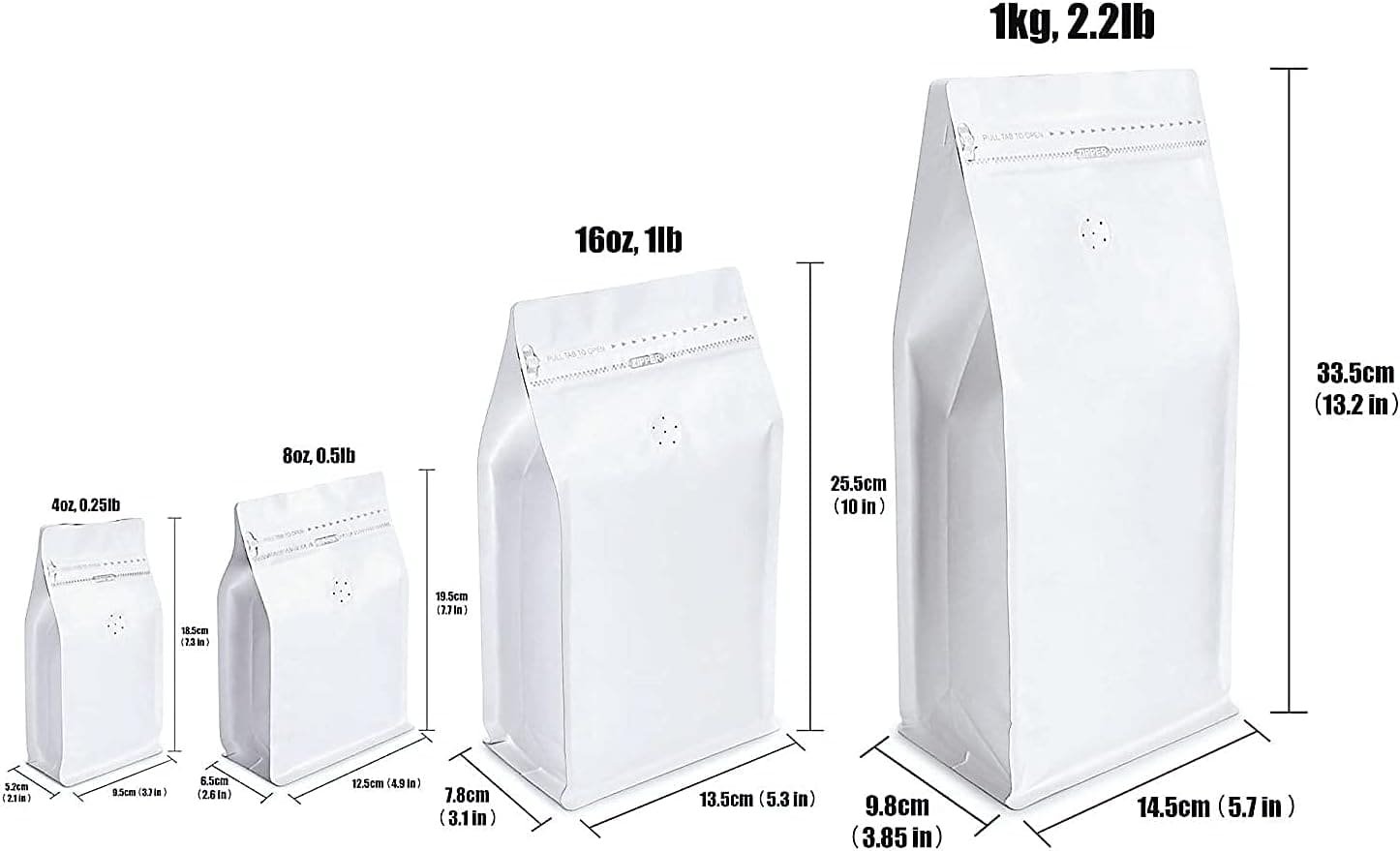
The journey of a coffee bean from farm to roaster requires careful packaging.
Bags for Green Coffee Bean Transport and Storage:
-
Multi-layered Kraftpaper Bags with Liners
- Structure: Often combine multiple layers of high-density Kraftpaper with an inner liner (e.g., PE or other specialized plastic film).
- Purpose: The Kraftpaper offers breathability for airflow, preventing mould. The liner provides a barrier against moisture and external contaminants.
- Advantages: Strong, allows some gas exchange, relatively inexpensive.
- Use: Standard for shipping large quantities of green coffee beans from origin to roasters.
-
Specialized Multi-layered Plastic Bags
- Structure: High-barrier plastic laminates designed specifically for green coffee. These are often used for specialty or high-value green coffee to preserve its precise moisture content and prevent degradation. They can sometimes be similar to the multi-layered structures used for roasted coffee.
- Purpose: To hermetically seal the green beans and precisely control their environment, protecting their volatile compounds.
- Advantages: Superior barrier properties for preserving subtle nuances of flavor in specialty beans. Often seen as more robust protection than paper bags.
- Use: Specialty green coffee, long-term storage of specific lots.
-
Jute or Hessian Bags (Traditional, but less ideal for freshness)
- While historically significant, traditional jute or hessian bags offer very little barrier protection and are prone to moisture absorption.
- They are being phased out for specialty coffee due to their inability to protect bean quality over long transport or storage. They are not multi-layered film as described in the insights.
Coffee bean storage, especially for green beans, is a critical step in the coffee packaging process. These bags are not typically retail-ready like coffee bean bags with valve4 or custom coffee bean bags, but rather functional vessels for transit and storage.
Conclusion
Choosing the right coffee packaging is a blend of science and art. Multi-layered films, strategic bag styles, one-way valves, and thoughtful sustainability efforts all combine to preserve that perfect cup.
Learn about the importance of one-way degassing valves in maintaining coffee freshness. ↩
Discover how multi-layered laminates protect coffee from oxygen and moisture. ↩
Understand how oxygen barriers prevent flavor degradation in coffee. ↩
Learn how coffee bean bags with valves maintain freshness and aroma. ↩
Understand the benefits of Side Gusset Bags for displaying roasted coffee. ↩
Explore how Stand-Up Pouches enhance shelf presence and convenience for coffee. ↩
Learn why Quad Seal Bags are preferred for bulk roasted coffee. ↩
Discover the practicality of Reclosable Flat Bags for small batch coffee. ↩


